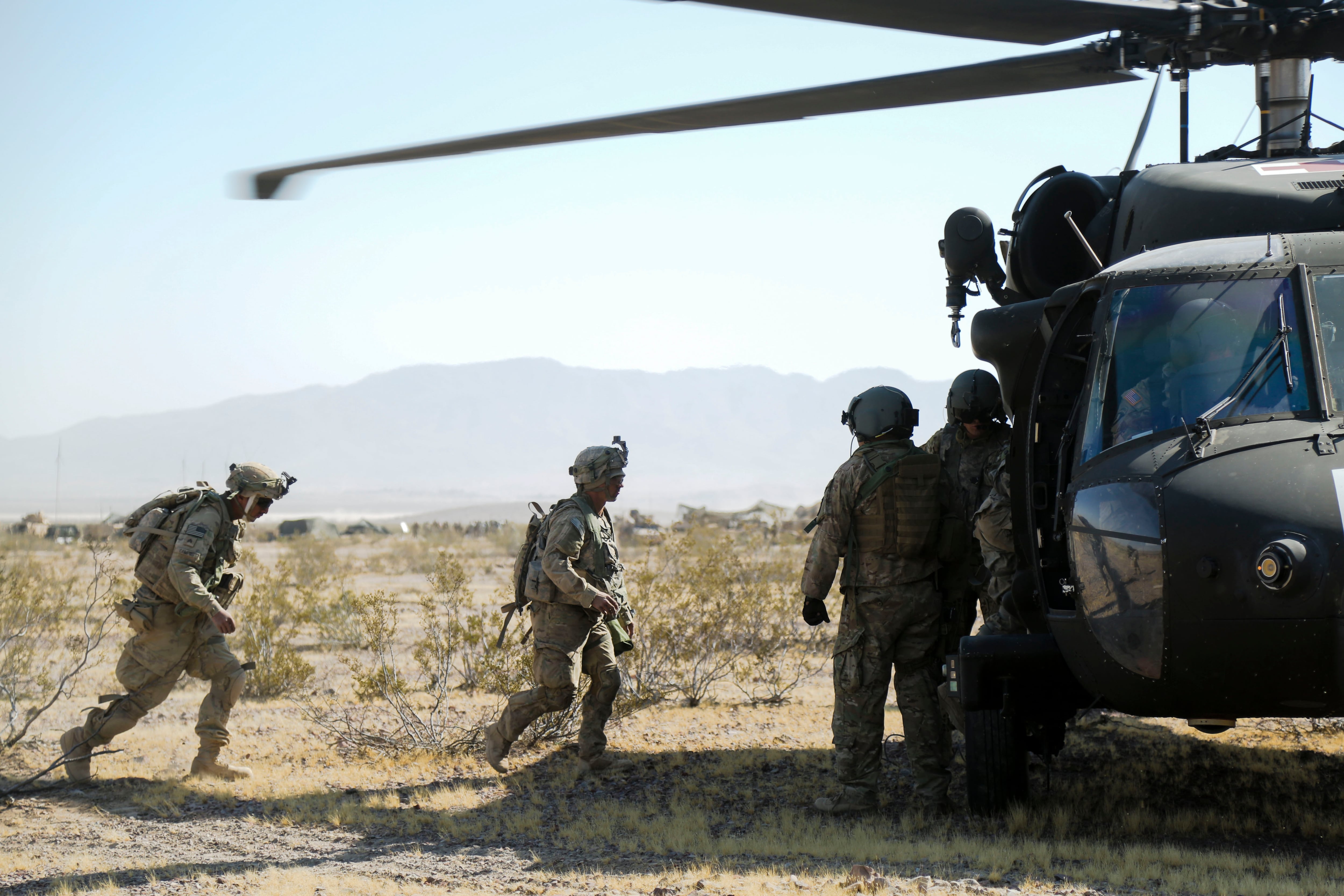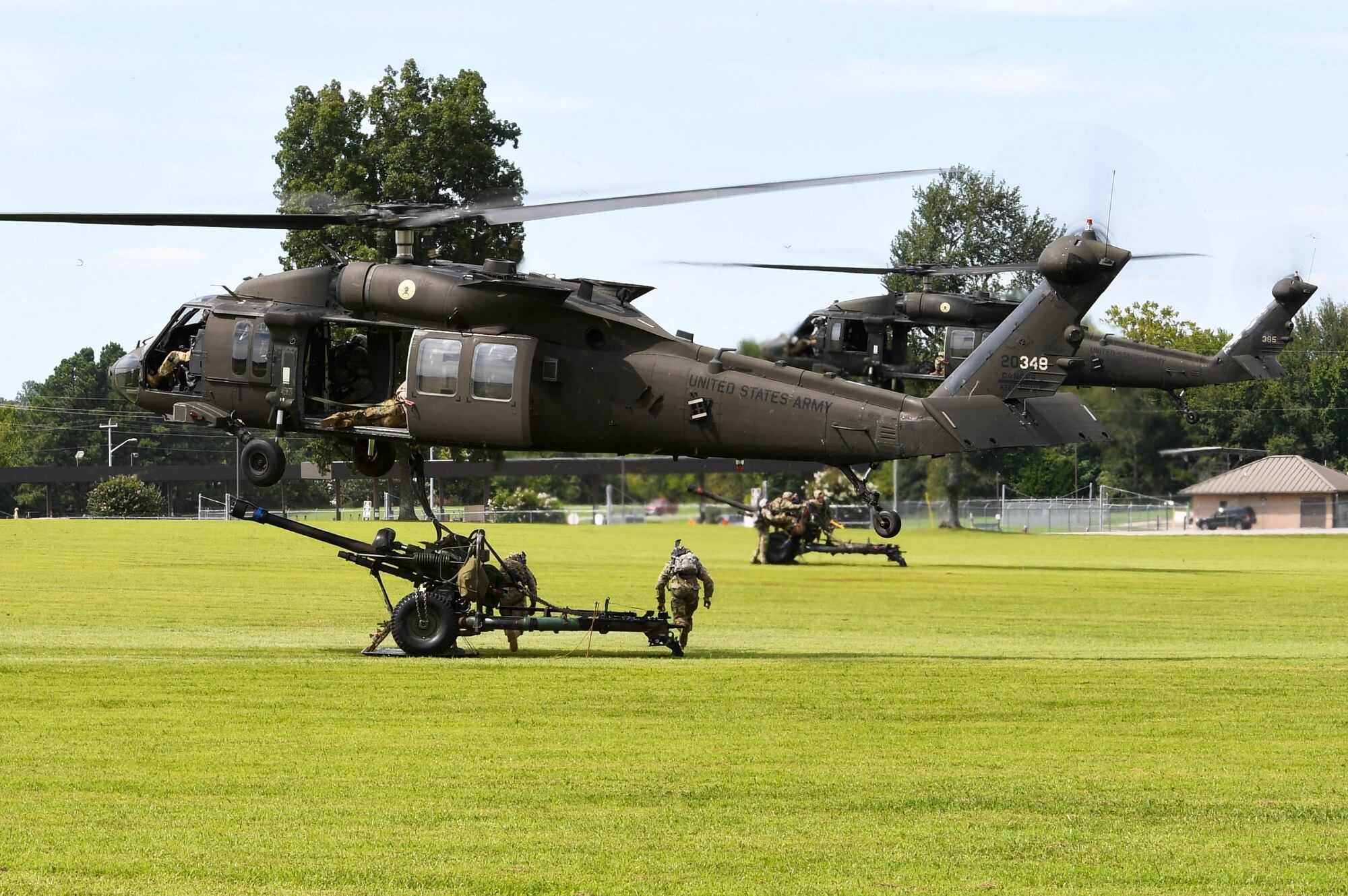One year after senior leaders sounded the alarm that Army aviation was in a “deep hole” because of inconsistent funding and high demand overseas, the top general at Forces Command is continuing five rules that he hopes will provide soldiers with some relief.
Last year’s warning from Gen. Robert Abrams came as the Army saw a decrease in manpower and aviation assets.
And while the Army’s aviators are doing “tremendous work,” they also haven’t had time to prepare for a potential fight against a near-peer competitor, Abrams said at the time.
"It manifests itself in poor operational readiness rates, it manifests itself in a lack of execution on our flying hour program," he said. "We’ve got to take some significant measures to create time and space to enable them to do some comprehensive training."
Earlier this year, Col. Craig Alia, commander of the 101st Airborne Division’s combat aviation brigade, said the division’s air assets had dwindled from more than 200 aircraft to slightly more than 100.
He admitted that he could not deploy and mount a brigade-sized air assault, as has been done in recent wars, because he had neither the crews nor the equipment.
But the mission marches onward, and ground forces across the globe still need aviation even as aviators and aircrews have simply been overburdened given the growing demand and lack of resources.
RELATED

To meet the demand, Abrams has instituted these five rules for the Army’s combat aviation brigades.
1. Combat aviation brigades will deploy to no more than two theaters simultaneously. Previously, aviation assets were being spread across as many as four continents, stretching their support and commander’s control. There have been instances in which CABs were supporting four or more rotations in a year.
2. The lowest level of a Request For Forces aviation unit is a Company Task Force with a field grade officer in charge.
3. The maximum number of non-organic units assigned to a deploying battalion is one company with associated maintenance.
4. Battalions will deploy with their organic aviation maintenance company, with one-third aviation intermediate maintenance to sustain their operations. In the past, some deployed units were relying on less efficient or effective contracted maintenance, which caused greater than desired delays and affected mission readiness.
5. A CAB will have no more than three combat training center rotations in a 12-month period.
Todd South has written about crime, courts, government and the military for multiple publications since 2004 and was named a 2014 Pulitzer finalist for a co-written project on witness intimidation. Todd is a Marine veteran of the Iraq War.




